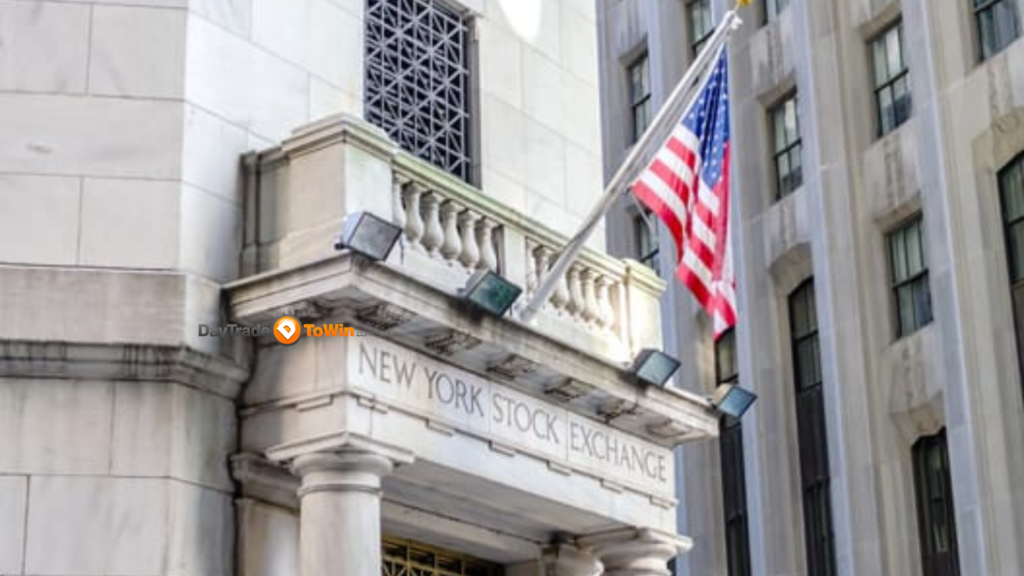The surge in U.S. government bond yields, pushing the 10-year Treasury rate near the 5% mark, a level not observed in 16 years, has created a complex landscape for stock market investors.
The 10-year Treasury yield, represented by BX:TMUBMUSD10Y, reached its highest point since 2007, coming very close to 5%, only to recede slightly on Friday. Simultaneously, the 30-year Treasury yield, symbolized by BX:TMUBMUSD30Y, also hit its highest close since 2007 on Thursday before showing some retreat.
This environment has stirred up heightened volatility within the bond market, with the ICE BofA MOVE Index, known as the bond market’s “fear gauge,” spiking to 142 in early October, marking its highest level since May. As of Friday, it stood at approximately 135.5, according to FactSet data.

Nancy Davis, portfolio manager for the Quadratic Interest Rate Volatility & Inflation Hedge ETF IVOL, expressed concerns about the perceived safety of bonds. She emphasized that bonds are not risk-free, pointing out that the 30-year Treasury sustained larger losses than the Nasdaq in 2022.
Jay Hatfield, Chief Executive at Infrastructure Capital Management, highlighted that the surge in Treasury yields has played a significant role in the recent weakness of the stock market.
In the wake of these developments, U.S. equities ended the week with losses: the Dow Jones Industrial Average (DJIA) was down 1.6%, the S&P 500 (SPX) dropped 2.4%, and the Nasdaq Composite (COMP) lost 3.2% over the past week, based on Dow Jones market data.
Hatfield explained that equities are essentially long-duration securities, rendering them highly sensitive to changes in interest rates. As interest rates rise, stocks’ future earnings are discounted at higher rates.
Furthermore, the ascending Treasury yields are diminishing the attractiveness of risky investments, as yields on fixed-income instruments are surpassing the earnings yield of S&P 500 index companies. Jose Torres, a senior economist at Interactive Brokers, suggested that it no longer makes sense to hold equities at elevated prices with the 10-year Treasury yield hovering near 5%.
Hatfield’s models indicate that every 40-basis-point increase in the 10-year Treasury yield theoretically lowers the S&P 500 multiple by one point. In the past three months, the 10-year Treasury yield has risen by 108 basis points, implying a potential drop of almost three points in the S&P 500 multiple. As of Thursday, the S&P 500’s price-to-earnings ratio stood at 19.34, according to Dow Jones market data.
Sentiment wasn’t helped when Federal Reserve Chair Jerome Powell mentioned that bond market volatility should be allowed to “play out.” However, he acknowledged that the rise in Treasury yields is tightening financial conditions, potentially acting as a substitute for further Fed interest rate hikes.
From a technical perspective, Torres anticipated that the 10-year Treasury yield could test 5.29% in the coming months. If it surpasses this threshold, we may enter uncharted territory in terms of how high it can climb, possibly reaching 6% during this cycle.
Hatfield held a more optimistic outlook, expecting the 10-year Treasury yield to peak around 5%. He noted that next week, if interest rates stabilize, the stock market should shift its focus to earnings, particularly from tech giants like Microsoft Corp. (MSFT), Alphabet Inc. (GOOGL), and Visa Inc. (V), which are set to report their third-quarter results.
However, Hatfield recommended caution, given ongoing geopolitical tensions in the Middle East and the expectation that positive inflation data wouldn’t arrive until November.
He suggested that preferred shares, which offer fixed dividends to shareholders, could be a prudent choice. Additionally, investors may consider adding tech stocks, given the forthcoming earnings reports.
In light of the heightened bond yields, active management is preferred over passive investing, as noted by Torres.
Torres predicted that the stock market performance in the next five to ten years will likely be more subdued with high interest rates, making it an environment for stock pickers to select the right companies and sectors poised for success.
Looking ahead, key data releases to watch for include the flash October manufacturing purchasing managers indexes on Tuesday, and the September personal consumption expenditure (PCE) price index, expected on Friday in the coming week. Investors will also keep an eye on September new home sales data on Wednesday, as well as information on U.S. third-quarter GDP, weekly initial jobless benefit claims, and September durable-goods orders, all due on Thursday.




